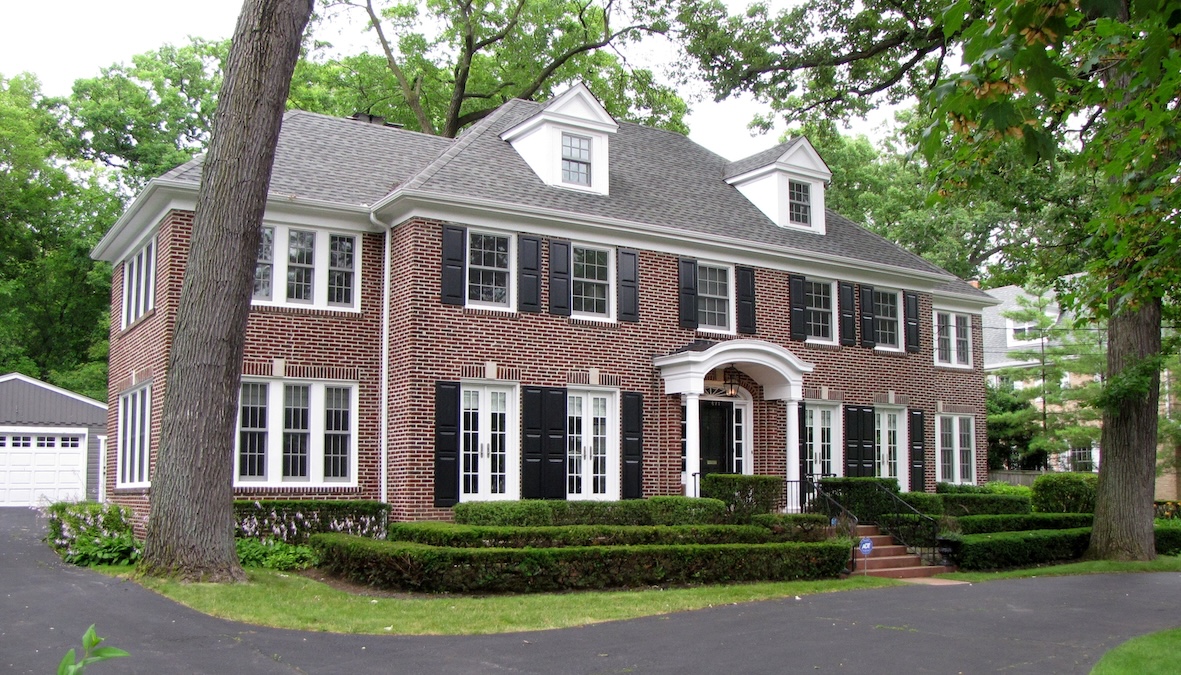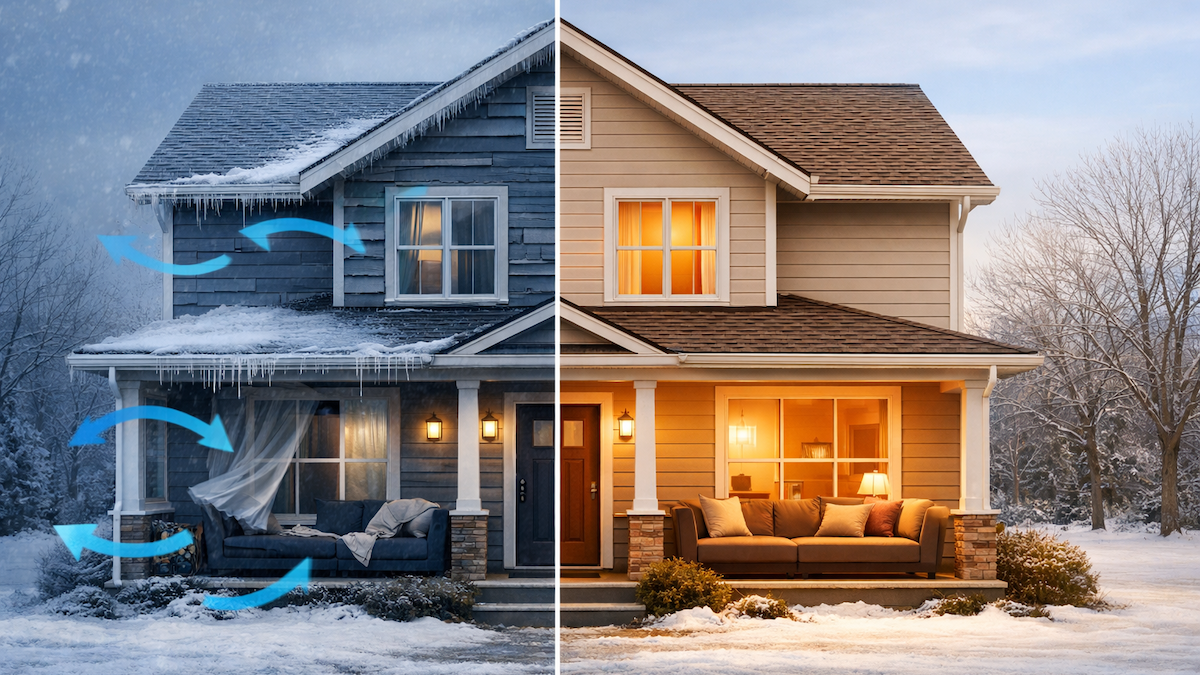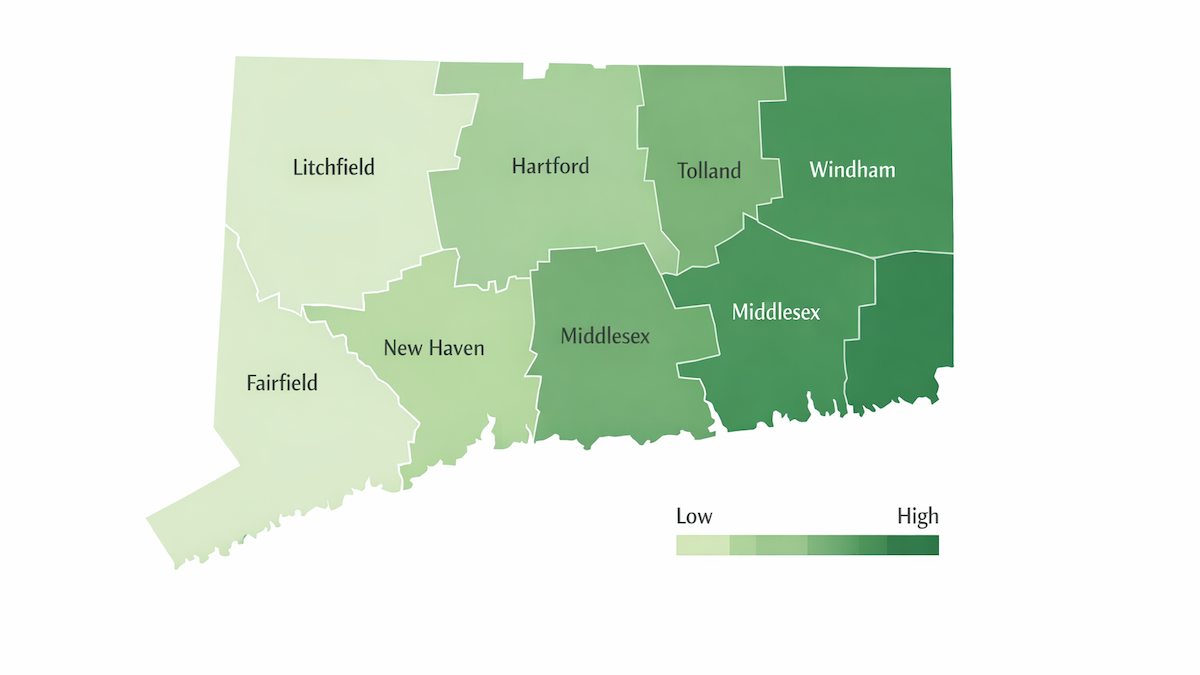What Is the Best Crawl Space Insulation Material?

Let’s be honest—crawl spaces aren’t sexy. They’re dark, musty, cramped, and usually ignored until something starts smelling weird or your floor feels like an ice rink in January. But here’s the truth: that forgotten space under your feet is one of the biggest energy leaks in your house.
The right insulation down there doesn’t just lower your heating bill. It helps control moisture, keeps pests out, and evens out the temperature across your home. And if you're tired of cold floors or a damp basement smell creeping into your living space, it's probably time to take a hard look at what (if anything) is insulating your crawl space.
So—what’s the best crawl space insulation material? That depends on how your home is built, whether the crawl space is vented or sealed, and how much moisture you’re dealing with. In this guide, we’ll break down the top insulation types, compare pros and cons, and help you figure out what actually works (and what just looks good on paper).
Because when it comes to crawl spaces, guessing wrong can mean soggy insulation, mold, or a crew of mice turning your fiberglass into a condo.
Quick Comparison: Crawl Space Insulation Materials
Before we dig into the nitty gritty, here’s a no-fluff breakdown of the most common crawl space insulation materials. Some are built for performance, others for budget—but only a few actually hold up when moisture, cold air, and time start pushing back.
*Foil-faced products don’t have an R-value unless paired with air gaps—they’re more of a thermal mirror than an actual insulator.
Closed-Cell Spray Foam: The All-Around Winner for Most Homes
If you’ve got moisture, air leaks, or wild temperature swings in your crawl space—and let’s be real, most homes around here do—closed-cell spray foam is your MVP. It’s dense, water-resistant, and sticks to just about anything, creating a sealed barrier that keeps outside air and moisture out and your conditioned air in.
Why It Works:
- High R-value: Around R-6.5 to R-7 per inch
- Built-in air sealing that fills every crack and gap
- Moisture resistance that holds up even in damp conditions
- Pest deterrent: mice don’t love it, and neither do bugs
Things to Consider:
- Requires pro installation (this isn’t a weekend DIY job)
- Higher upfront cost, but long-term savings in comfort and energy bills
Bottom line? If you're looking for the best crawl space insulation material for long-term comfort, durability, and moisture control—this is it. Spray foam isn’t just insulation. It’s armor for your crawl space.
Rigid Foam Board: Best for DIY and Budget Projects
If closed-cell spray foam is the Cadillac of crawl space insulation, rigid foam board is the reliable pickup truck. It might not have all the bells and whistles, but it’ll get the job done—especially if you're insulating a relatively dry, unvented crawl space and want to keep costs under control.
Why It Works:
- Good R-value (R-4 to R-6 depending on type)
- Moisture resistant if seams are sealed properly
- Easy to install with basic tools
- Pairs well with encapsulation systems
Things to Watch Out For:
- Needs careful air sealing—gaps defeat the purpose
- Doesn’t perform as well in rim joists or irregular surfaces
So if you’re handy, on a budget, or just trying to avoid fiberglass, rigid foam board can be a smart move—just don’t cut corners on the sealing.
Fiberglass Batts: Popular, Cheap, and Usually a Bad Idea
Fiberglass batts are like fast food insulation—easy to find, cheap to install, and fine in a pinch. But for crawl spaces? They’re usually the wrong tool for the job.
Where It Falls Short:
- Soaks up moisture, which kills its insulating value
- Doesn’t seal air—so even a perfect install still leaks
- Rodents love it. Seriously, they move in and start families
When It Might Be Okay:
- Vented crawl spaces in dry climates (Connecticut doesn’t count)
- Temporary fixes or flips where long-term performance isn’t a priority
If someone’s quoting you fiberglass batts for a damp or unsealed crawl space—run. You’ll be replacing it sooner than you think.
Moisture Is the Dealbreaker (Not Just R-Value)
You can install the highest R-value insulation on Earth, but if your crawl space is damp, it’s not going to matter. Moisture wrecks everything—it flattens fiberglass, delaminates foam board, and turns your crawl space into a science experiment.
Here’s what moisture does to insulation:
- Soaks batts and kills their effectiveness
- Sneaks behind foam board and breeds hidden mold
- Reduces spray foam performance if applied to damp surfaces
- Condenses when materials are installed on the wrong surface
The Fix? Start with Air Sealing and Vapor Barriers:
- Air seal rim joists and gaps
- Lay a vapor barrier on the ground
- Add drainage or dehumidification if needed
Encapsulation—sealing the crawl space and treating it like part of the conditioned home—is often the best solution. It gives your insulation a fighting chance.
What’s Best for Your Crawl Space? (Use Case Breakdown)
Every crawl space is different, so the "best" insulation depends on your setup. Here’s how to figure it out:
Vented vs Unvented Crawl Spaces
- Vented: Avoid fiberglass. Consider rigid foam board or sealing it entirely.
- Unvented: Spray foam is ideal for sealing and insulating in one go.
Cold Climates (Like Connecticut)
- High R-values and vapor-resistant materials are key
- Spray foam and rigid foam board perform best
DIY vs Pro Install
- DIY: Rigid foam board (if you’re thorough with sealing)
- Pro: Spray foam for long-term performance and peace of mind
Budget vs Long-Term Value
- Rigid foam: affordable and effective if installed right
- Spray foam: higher upfront cost, lower bills long term
Cost Breakdown: What to Expect
Let’s talk numbers. Crawl space insulation isn’t glamorous, but it pays off over time.
Typical Total Cost Ranges:
- Basic (vented crawl, budget materials): $1,500–$3,000
- Sealed crawl with spray foam + vapor barrier: $4,000–$8,000+
- Add drainage or dehumidifiers: +$1,000–$2,000
Energy Savings: Expect 10–20% reductions on heating and cooling bills with proper insulation and air sealing.
Rebates: Programs like EnergizeCT often offer rebates on air sealing, spray foam, and crawl space encapsulation. Worth checking out.
Common FAQ's about Crawl Space Insulation Materials
Will insulating my crawl space help with humidity upstairs?
Insulating your crawl space helps reduce humidity upstairs by preventing moisture from rising into living areas. In older homes with unsealed crawl spaces, damp air often moves upward. Sealing and insulating the crawl space creates a moisture barrier that stabilizes indoor air quality.
Is there a benefit to insulating the crawl space floor itself?
Insulating the crawl space floor rarely offers benefits because most energy loss and moisture issues come from the walls and rim joists. Focus on insulating the crawl space walls and sealing the floor with a vapor barrier. Floor insulation is only useful in conditioned crawl spaces.
Can insulation help reduce smells coming from my crawl space?
Insulation helps reduce crawl space smells indirectly by supporting air sealing and moisture control. While insulation doesn't remove odors, spray foam and vapor barriers limit humid air and organic decay from entering living areas, reducing musty or moldy smells.
Do I need to remove old insulation before adding new crawl space insulation?
You often need to remove old crawl space insulation if it's wet, moldy, compressed, or contaminated. Installing new insulation over damaged material traps moisture and reduces performance. A clean, dry surface ensures proper adhesion and long-term effectiveness.
Can crawl space insulation help with noise reduction?
Crawl space insulation helps reduce noise by using dense materials like spray foam and mineral wool to muffle sound from plumbing, HVAC, and traffic. While not a full soundproofing solution, insulation significantly quiets older homes with little or no subfloor insulation.
Conclusion: Don’t Guess—Insulate It Right the First Time
Crawl space insulation isn’t the kind of thing you see every day—but you definitely feel it when it’s done wrong. Cold floors, musty smells, high energy bills... all signs that something down there isn’t pulling its weight.
If you take one thing from this guide, it’s this: the best crawl space insulation material is the one that fits your space, your moisture conditions, and your long-term goals. Spray foam might be king, but it’s not the only option—and rigid foam can hold its own when installed right.
Whether you're looking to DIY it on a budget or hire a pro to seal it up for good, the key is not just picking the right material—it’s installing it in a way that actually works.
Related Articles
Let's Work Together
Ready to transform your home into an energy-efficient haven? Schedule your free energy assessment today and experience the Nealon difference for yourself.



